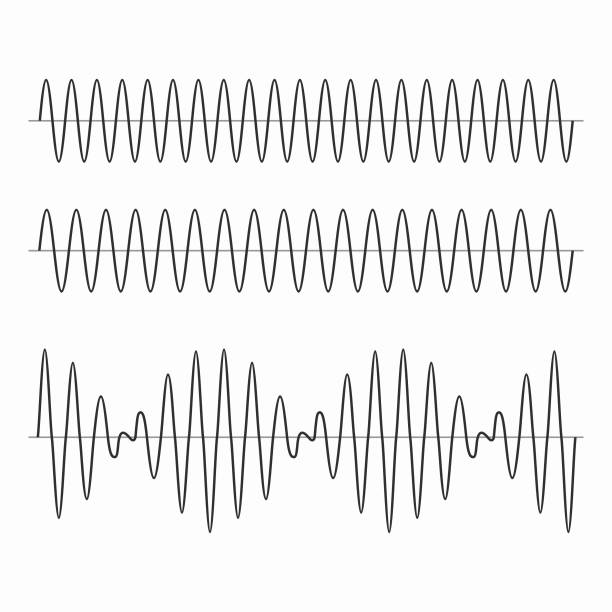
UHF (Ultra High Frequency) and VHF (Very High Frequency) are two different frequencies used in radio communication. Understanding the differences between these two frequencies can help you choose the right option for your needs.
UHF frequencies are between 300 MHz and 3 GHz and are typically used for short-range communication, such as walkie-talkies, wireless microphones, and two-way radios. UHF signals have a shorter wavelength, which makes them better suited for indoor use or in urban areas where buildings and other structures can cause interference. UHF signals also have a smaller penetration loss, meaning they can pass through walls and other obstacles more easily.
VHF frequencies, on the other hand, are between 30 MHz and 300 MHz and are typically used for longer-range communication, such as marine radios, aircraft communications, and television broadcasting. VHF signals have a longer wavelength, which makes them better suited for outdoor use and for communication over longer distances. VHF signals also have a higher penetration loss, meaning they can have a harder time passing through walls and other obstacles.
Another key difference between UHF and VHF is the amount of bandwidth they can carry. UHF frequencies have a wider bandwidth, which means they can carry more information in the same amount of time. VHF frequencies, on the other hand, have a narrower bandwidth, which means they can carry less information in the same amount of time.
In terms of power consumption, UHF radios typically consume less power than VHF radios. This can be important when it comes to portable devices, such as walkie-talkies, which need to conserve battery power.
Another important difference is the type of communication that they support. UHF frequencies are more commonly used for two-way communication, such as walkie-talkies and wireless microphones, while VHF frequencies are more commonly used for one-way communication, such as television broadcasting and marine radios.
When it comes to choosing between UHF and VHF, it’s important to consider the specific needs of your application. UHF frequencies are better suited for short-range communication in urban areas or indoor use, while VHF frequencies are better suited for long-range communication in outdoor environments.
In conclusion, UHF and VHF are two different frequencies used in radio communication. UHF frequencies are between 300 MHz and 3 GHz and are typically used for short-range communication, while VHF frequencies are between 30 MHz and 300 MHz and are typically used for longer-range communication. Each frequency has its own unique characteristics and intended use, and it’s important to consider the specific needs of your application before choosing between UHF and VHF.

